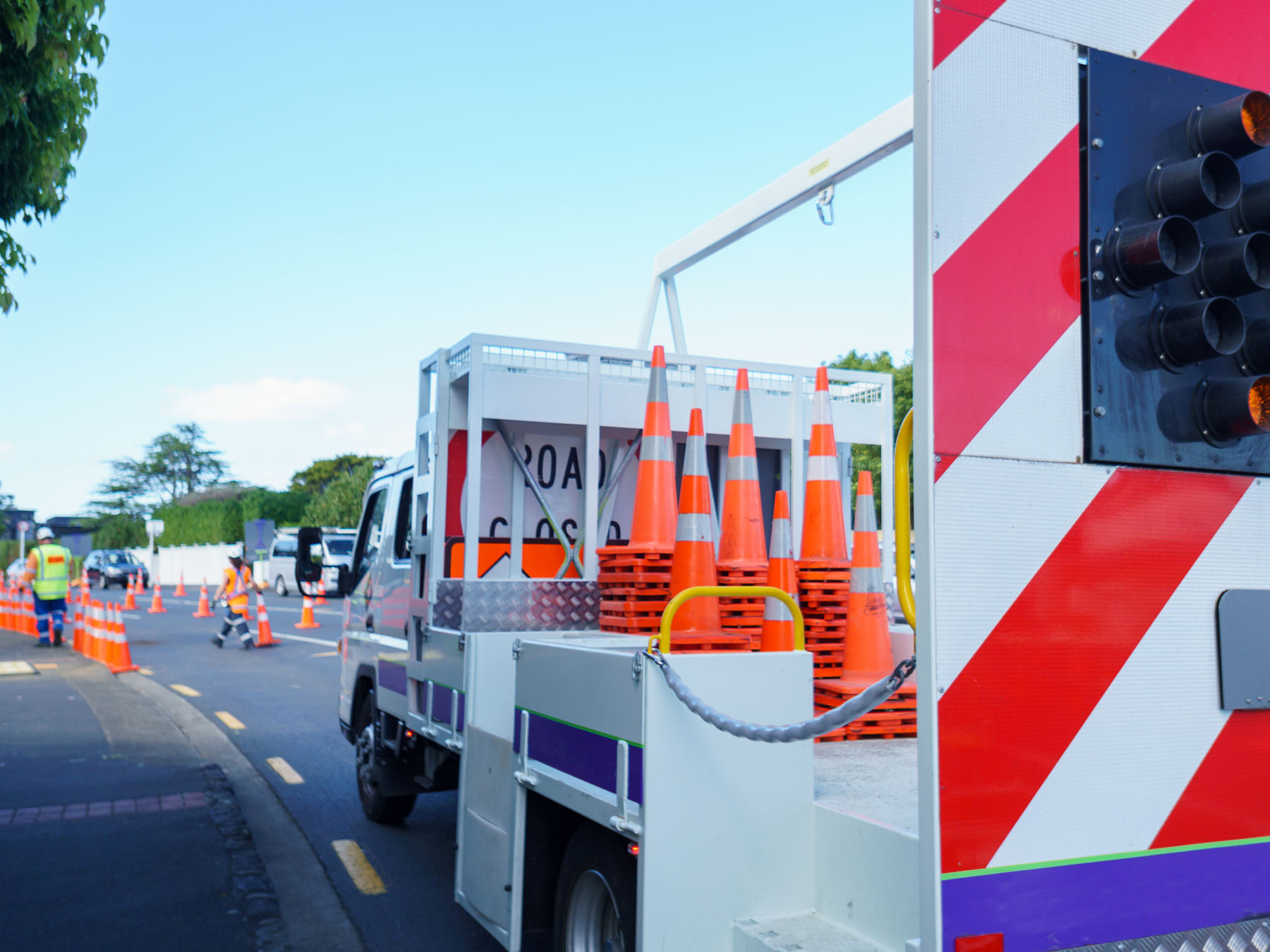( Updated with the latest data on Queensland salaries )
Traffic control has evolved significantly over the past few years, thanks to advancements in technology and increased safety demands. As road, rail, air, and marine infrastructure expands globally, traffic controllers play a vital role in keeping people and goods moving safely and efficiently.
If you’re considering a career in this field—or simply looking to update your knowledge—here’s an overview of the responsibilities, remuneration, and training involved in traffic control in 2025.
Why Traffic Control Matters
Traffic controllers help manage various disruptions, including accident sites, building projects, and planned roadworks. Their main objective is to maintain safety and order for drivers, pedestrians, and workers in high-risk or congested areas. This work spans multiple sectors, from road traffic to air traffic, and marine traffic.
How Much Does a Traffic Controller Earn?
Queensland, Australia
• Average Salary (2025): Ranges from $70,000 to $80,000 per year (Seek, 2025)
This updated range reflects the growing demand for skilled traffic controllers in Queensland, including Brisbane, Gold Coast, and Mackay. Factors like experience level, location, and additional credentials—such as holding a traffic control licence QLD—can influence specific pay rates.
Other Regions
• United States (2025): The approximate annual pay for a traffic controller is $58,030, which includes a base salary of around $38,482 plus roughly $19,500 in additional compensation (e.g., commission, cash bonuses).
• United Kingdom (2025): Traffic controllers earn an average of £50,000 annually (about £25.64 per hour). Entry-level positions start at approximately £41,750 per year.
• Australia (Nationwide Average): Historically, the average salary stood at $60,213 annually or about $30.88 hourly. Entry-level roles could begin at $52,650 per year, while experienced staff earned up to $77,799 annually. However, as noted above, Queensland specifically has seen an increase to $70,000–$80,000 per year in 2025, reflecting the region’s booming infrastructure projects.
Traffic Controller Roles and Responsibilities
Whether you’re dealing with roads, rails, air, or waterways, the core duties of a traffic controller typically include:
1. Managing Unexpected Incidents: Responding to accidents, emergencies, and other unforeseen events to ensure minimal disruption.
2. Coordinating Work Zones: Setting up, maintaining, and removing work zone equipment to meet both company and state regulations.
3. Design and Technical Tasks: Using software (e.g., AutoCAD) to map out traffic flow, create signal layouts, and plan safe work zones.
4. Guiding and Directing Traffic: Communicating effectively with motorists, pedestrians, and other stakeholders to maintain safety.
5. Equipment Maintenance: Repairing, troubleshooting, and replacing traffic signals or related components as needed.
6. Compliance and Safety Oversight: Ensuring all tasks meet federal, state, or local regulatory standards (e.g., ICAO, FAA, or local road authority guidelines).
7.Training and Supervision: Recruiting and mentoring new traffic controllers, aligning them with workplace health and safety obligations.
Starting a Career in Traffic Controlling
If you’re interested in becoming a traffic controller, check out our 2025 guide on how to start in the industry, including what training and fees are involved.
Where to Find Training
Numerous providers and websites offer traffic control course options. Look for:
• National Recognition: RTOs registered to deliver the competency units required by your region.
• Flexibility: Online or weekly classes that fit your schedule.
• Accreditation: Confirm the training is recognised by the relevant authority (e.g., Department of Transport and Main Roads in Queensland).
Global Training Services are renown in Brisbane, the Gold Coast, Mackay and Rockhampton as a leader in Traffic Management Training. We cater to those who want to master safe and efficient traffic management while meeting legislative standards. Check out our training calendar to get started today.
Have more questions or ready to enrol?
Contact us to learn about upcoming courses, online training options, and any other requirements you need to kickstart your career in traffic control.


